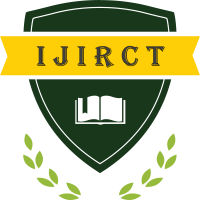Engineering Properties Of High Volume Biomass Waste Mortar
Author(s): Habeeb Lateef Muttashar , M. WARID HUSSIN, Ghasan Fahim Huseien, Prof. Jahangir Mirza
Publication #: IJIRCT1201048
Date of Publication: 03.10.2015
Country: Malaysia
Pages: 224-230
Published In: Volume 1 Issue 2 October-2015
Abstract
this paper represents the effects of using waste generated from palm oil industries like ash, shell and fibre on the engineering properties of mortar. Palm Oil Fuel Ash (POFA) was used as cement replacement up to 60% and Oil Palm Kernel Shell (OPKS) as sand replacement in mortar mixture. The Oil Palm Fibre was added to increase the strengthening performance of mortar. The method used to find the water binder ratio was by trial and error method with 1:3 ratio of cement to sand. The cubes size of 70mm x 70mm x 70mm, beams size of 40mm x 40mm x 160mm, and cylinders size of 70mm diameter and 150mm height, were cast and tested for compressive strength, flexural strength and splitting tensile strengths of mortar. Samples were cured in water before testing it at 7, 28, and 60 days. Also, the water absorption of mortar was tested at the age of 28 days. The results showed that oil palm fibre provided more advantages and increase the strength properties especially in the flexural and tensile strength. The addition of Oil Palm Kernel Shell reduced the density of mortar and it can be used for lightweight application. The test results also showed that as the POFA ratio increased, the compressive strength of mortar decreased. However, as OPKS ratio increased, the density was found to be decreased. The mix proportions using 60% POFA and 20% OPKS was considered as the optimum mix design. The mortar showed optimum strength at 9% with the addition of fibre.
Keywords: Palm Oil Fuel Ash, biomass waste, Oil Palm Kernel Shell, Oil Palm Fibre
Download/View Count: 413
Share this Article
